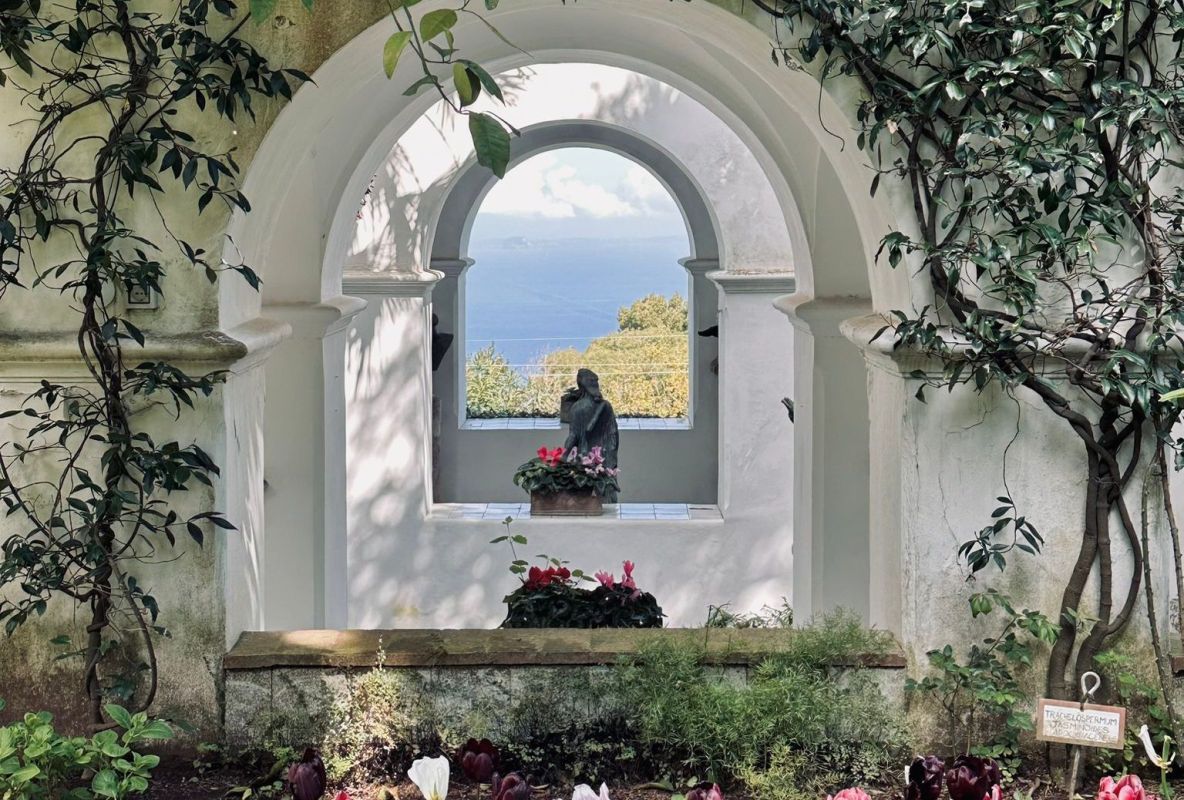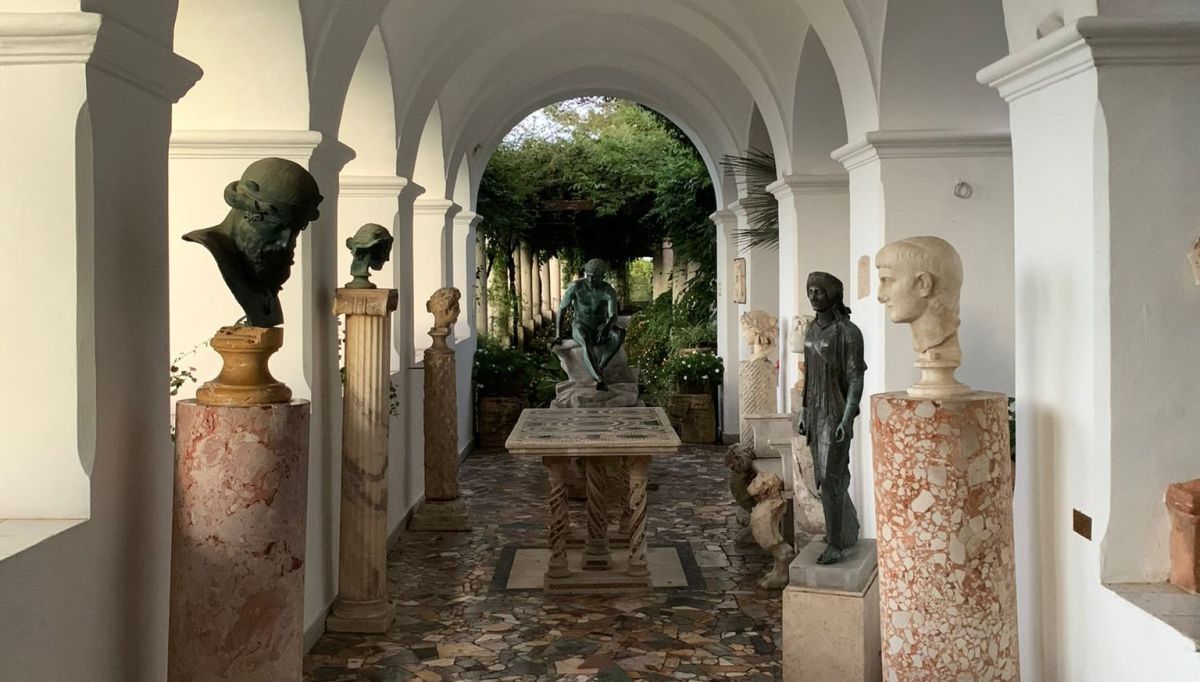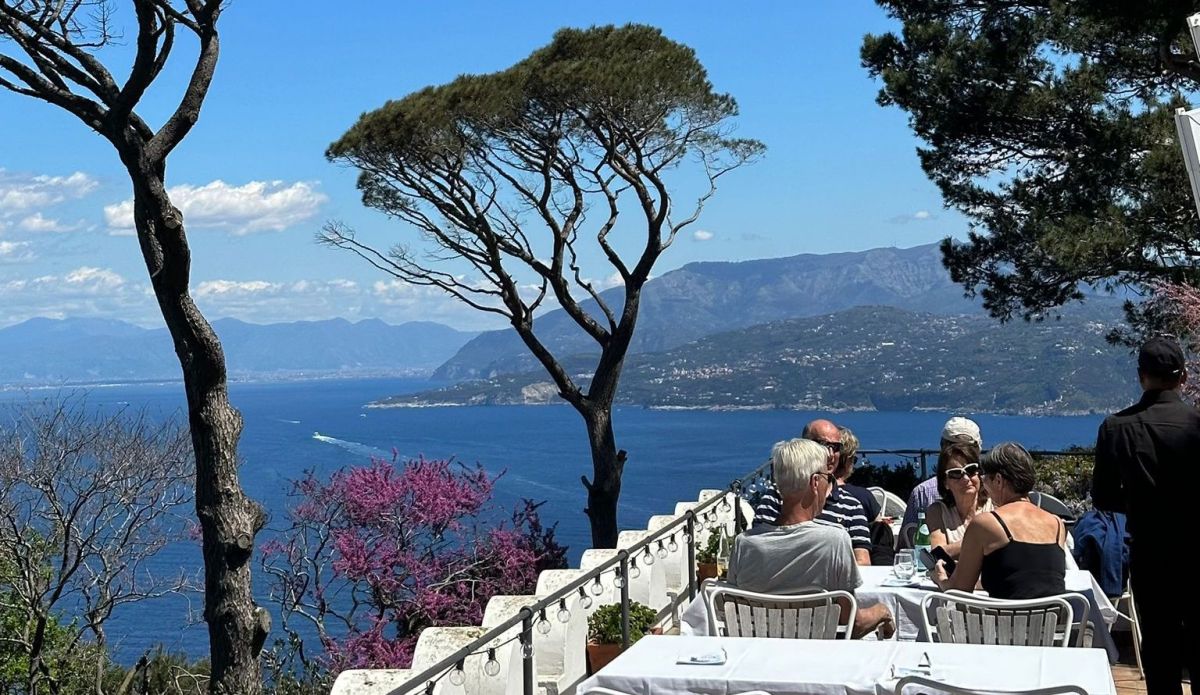It has always been the obligatory stop on the long spring journey.

 Flocks of birds of the most varied species descend on the mountain overlooking the sea to regain strength, before tackling the last part of the northward migration. For centuries, that passage had coincided with the hunting season in Capri.
Flocks of birds of the most varied species descend on the mountain overlooking the sea to regain strength, before tackling the last part of the northward migration. For centuries, that passage had coincided with the hunting season in Capri.  The nets spread among the ruins of the Barbarossa Castle, in Anacapri, ensured the capture of thousands of specimens, which were exported to half of Europe, ensuring the subsistence of the Capri people. But when the Swedish doctor Axel Munthe began the recovery of his Villa San Michele, fascinated by that rite of nature, in order to preserve it, he proposed to buy the mountain. He succeeded only in 1899, after having tried to keep the birds away in previous years by firing deterrent shots with an old English cannon. In the donation of his property in Capri to the Swedish state in 1948, Munthe also included Monte Barbarossa, later managed by the Axel Munthe Foundation. Since 1955 it started studies on the migratory routes of birds. An activity of research and protection of wild avifauna that has continued over time, creating a 6-hectare ornithological oasis, under the protection of the Habitats Directive, where scholars of various nationalities work. And today in the Monte Barbarossa Oasis the birds in transit are captured only to ring them and follow their extraordinary movements between Europe and Africa.
The nets spread among the ruins of the Barbarossa Castle, in Anacapri, ensured the capture of thousands of specimens, which were exported to half of Europe, ensuring the subsistence of the Capri people. But when the Swedish doctor Axel Munthe began the recovery of his Villa San Michele, fascinated by that rite of nature, in order to preserve it, he proposed to buy the mountain. He succeeded only in 1899, after having tried to keep the birds away in previous years by firing deterrent shots with an old English cannon. In the donation of his property in Capri to the Swedish state in 1948, Munthe also included Monte Barbarossa, later managed by the Axel Munthe Foundation. Since 1955 it started studies on the migratory routes of birds. An activity of research and protection of wild avifauna that has continued over time, creating a 6-hectare ornithological oasis, under the protection of the Habitats Directive, where scholars of various nationalities work. And today in the Monte Barbarossa Oasis the birds in transit are captured only to ring them and follow their extraordinary movements between Europe and Africa.




Comments powered by CComment